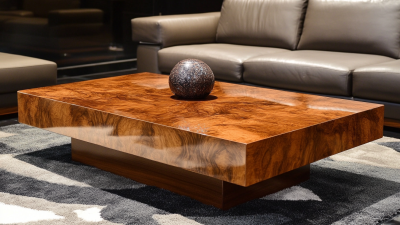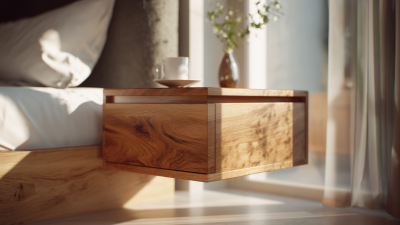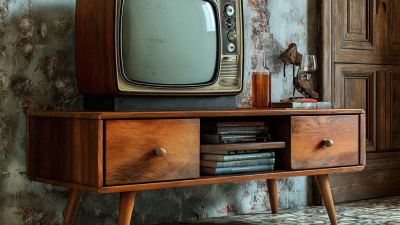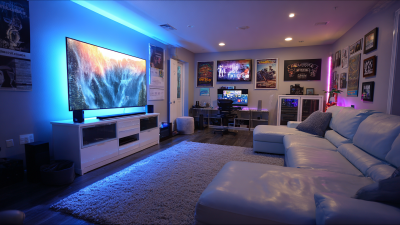When it comes to elevating the aesthetics and functionality of your living space, choosing the perfect Nordic Coffee Table is a decision that shouldn't be taken lightly. These tables, known for their minimalist design, natural materials, and efficient use of space, can serve as not just a practical centerpiece, but also as a statement piece that enhances the overall ambience of your home. In this guide, we will explore various styles, materials, and sizes of Nordic Coffee Tables, providing you with valuable insights to make an informed choice. Whether you seek a table that complements sleek modern decor or one that embodies rustic charm, understanding the essential elements of these versatile furnishings will help you find the ideal piece that harmonizes with your unique living environment. Join us as we navigate the world of Nordic design to discover how the right coffee table can transform your space into a cozy and inviting sanctuary.
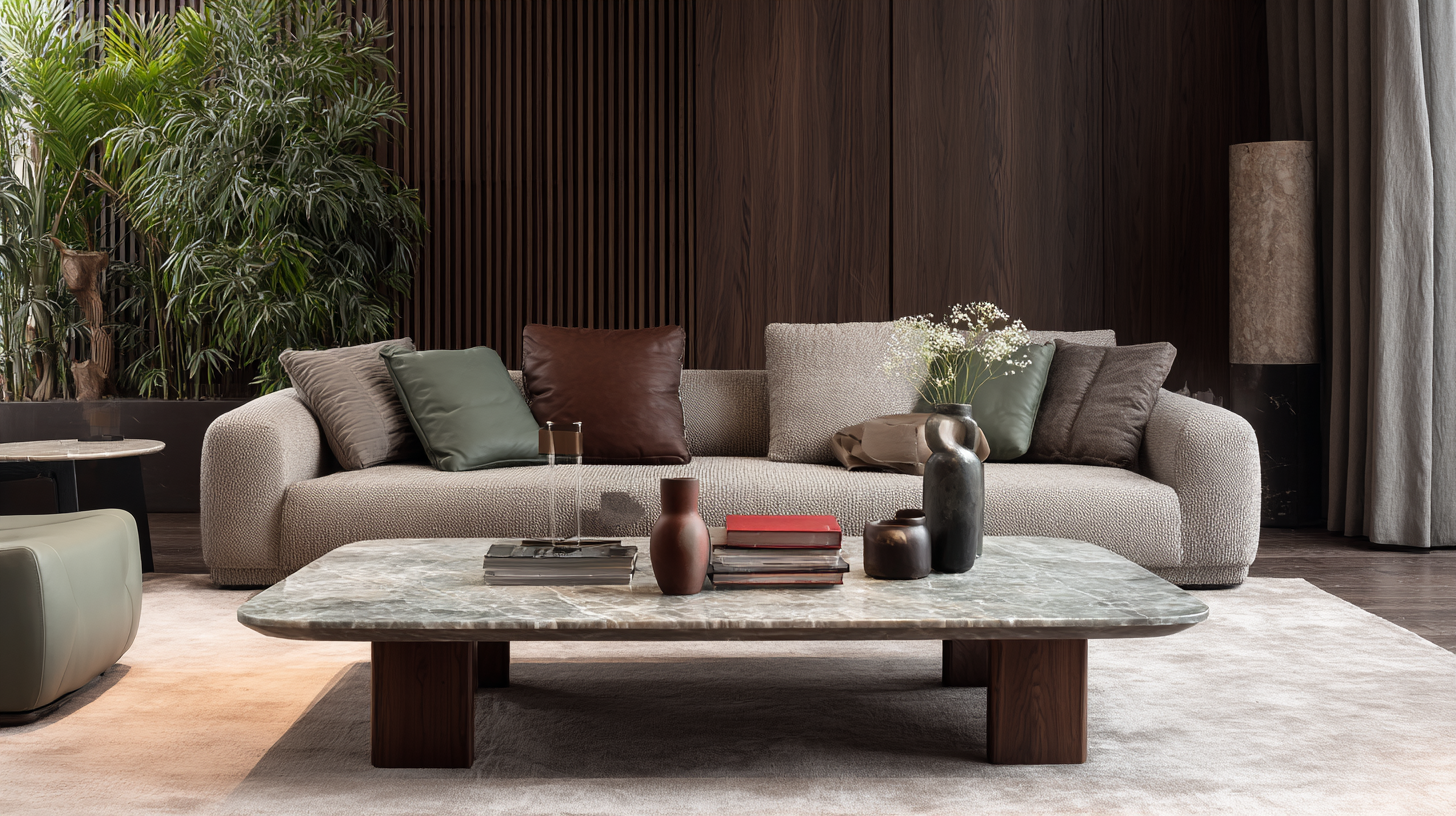
When selecting the perfect Nordic coffee table for your living space, several key design elements should be considered to ensure it complements both functionality and aesthetics. Scandinavian design is renowned for its minimalist approach, often characterized by clean lines and a neutral color palette. A report from the Nordic Journal of Design indicates that Nordic furniture trends have shifted towards sustainability, with 60% of consumers now prioritizing eco-friendly materials. This shift highlights the importance of choosing a coffee table made from sustainable wood or recyclable materials, which not only enhances the aesthetic but also contributes to a more sustainable living environment.
In addition to material considerations, the form and function of the coffee table play a vital role. According to a study by the Scandinavian Interior Design Association, the ideal coffee table height should be between 14 to 18 inches lower than the surrounding sofa, promoting comfort and accessibility. The design should also reflect versatility; many Nordic coffee tables now incorporate storage solutions such as drawers or shelves, responding to the increasing demand for functionality in smaller living spaces. As you explore options, keep in mind that Nordic coffee tables are not merely furniture but a statement piece that reflects a clean, modern aesthetic while serving practical needs.
When selecting a Nordic coffee table, understanding the materials used can significantly influence your choice. Nordic design is renowned for its minimalism and functionality, often employing natural materials that enhance warmth and simplicity. Wood is a predominant choice, typically featuring light-toned varieties like oak or birch, which evoke a sense of calm and serenity. These materials not only provide durability but also contribute to the organic aesthetic characteristic of Nordic interiors.
In addition to wood, other materials such as glass and metal are commonly incorporated into Nordic coffee tables. Glass tops can introduce an element of modern elegance while maintaining an airy feel, making spaces appear larger and more open. Metal accents or frames often serve as a stylish contrast, adding a touch of sleekness and industrial flair without overpowering the overall design. Each material brings its unique texture and style, allowing you to find the perfect combination that complements your living space while adhering to the principles of Nordic design.
When selecting a Nordic coffee table for your living space, determining the right size and proportions is crucial. The coffee table should complement the surrounding furniture without overwhelming the space. A good rule of thumb is to leave at least 18 inches between the coffee table and the seating area to ensure comfortable movement. Additionally, consider the height of the coffee table in relation to your seating. Ideally, the table's surface should be level with the seats or slightly lower for a harmonious look.
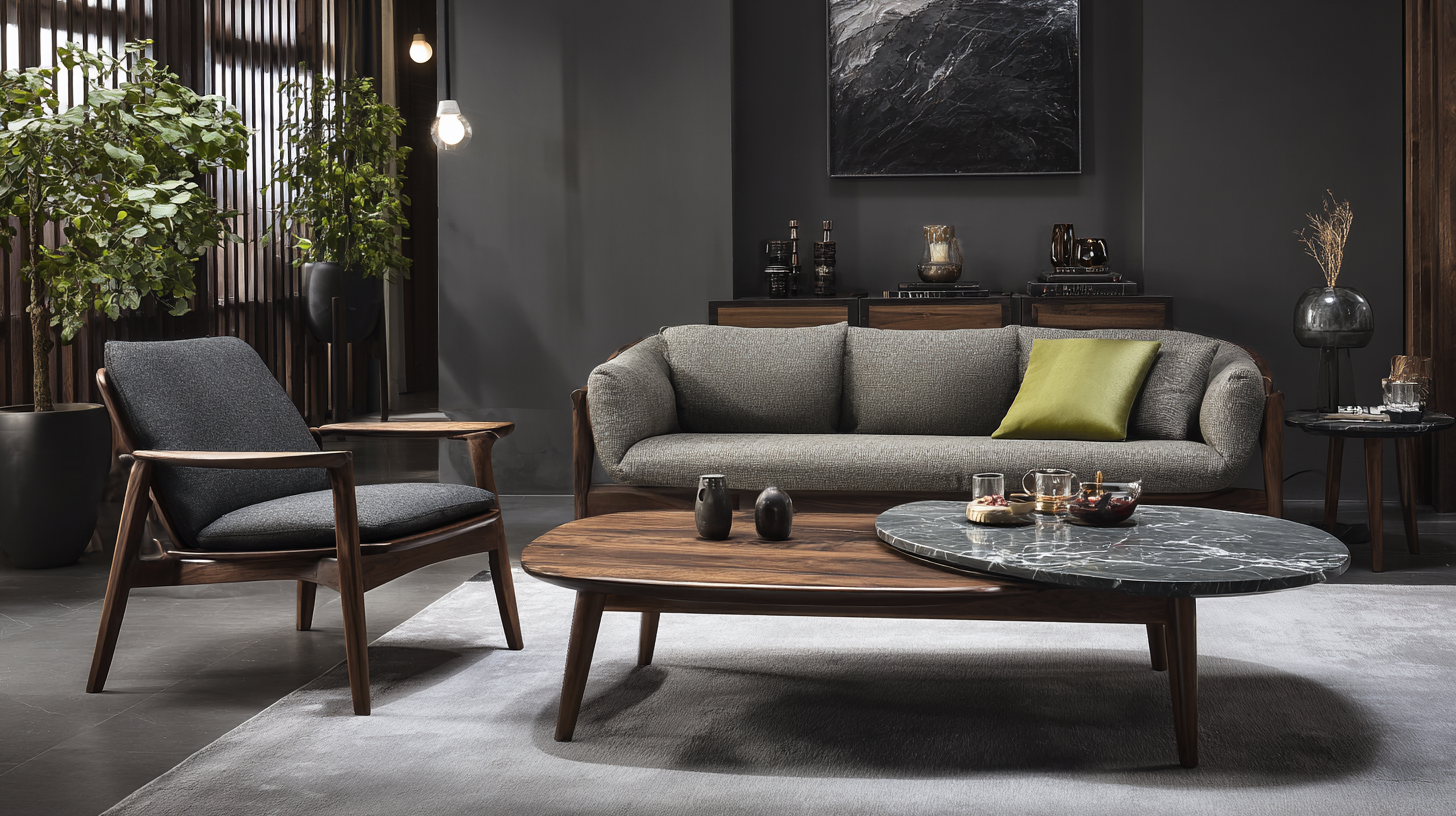
Tips: To find the ideal size, first measure your sofa or seating arrangement. Then, opt for a table that is about two-thirds the length of the sofa—this will create a balanced appearance. For smaller rooms, consider a round table, which can soften the space and make it feel less cluttered.
Finally, think about the overall proportions. A low-profile table works well with tall furniture, while a taller table suits lower seating arrangements. Choosing a table with a similar visual weight to your other furniture can create a cohesive look and enhance the overall aesthetic of your living space.
When selecting a Nordic coffee table for your living space, it’s essential to consider the various style variations that Nordic design encompasses. From the clean lines of minimalist design to the warmth of rustic aesthetics, each style offers unique qualities that can enhance your interior. Minimalist tables often feature sleek surfaces and understated colors, creating an airy and spacious feel. Their focus on function without excessive ornamentation makes them perfect for modern living spaces where simplicity is key.
On the other hand, rustic Nordic coffee tables bring a cozy, inviting charm to any room. Characterized by natural materials like reclaimed wood, these tables often highlight the beauty of craftsmanship and can feature elements like rough textures and organic shapes. Such pieces not only provide utility but also serve as conversation starters, connecting the modern home with traditional Scandinavian craftsmanship. Choosing between these styles ultimately depends on your personal taste and the overall ambiance you wish to create in your living space.
When selecting a Nordic coffee table, it's essential to ensure it complements your existing decor to create a harmonious living space. Start by assessing the color scheme of your room. Opt for a coffee table that either matches or contrasts effectively with your colors. For instance, if your space features warm tones, consider a light wood or natural finish that can add warmth without overwhelming the aesthetics.
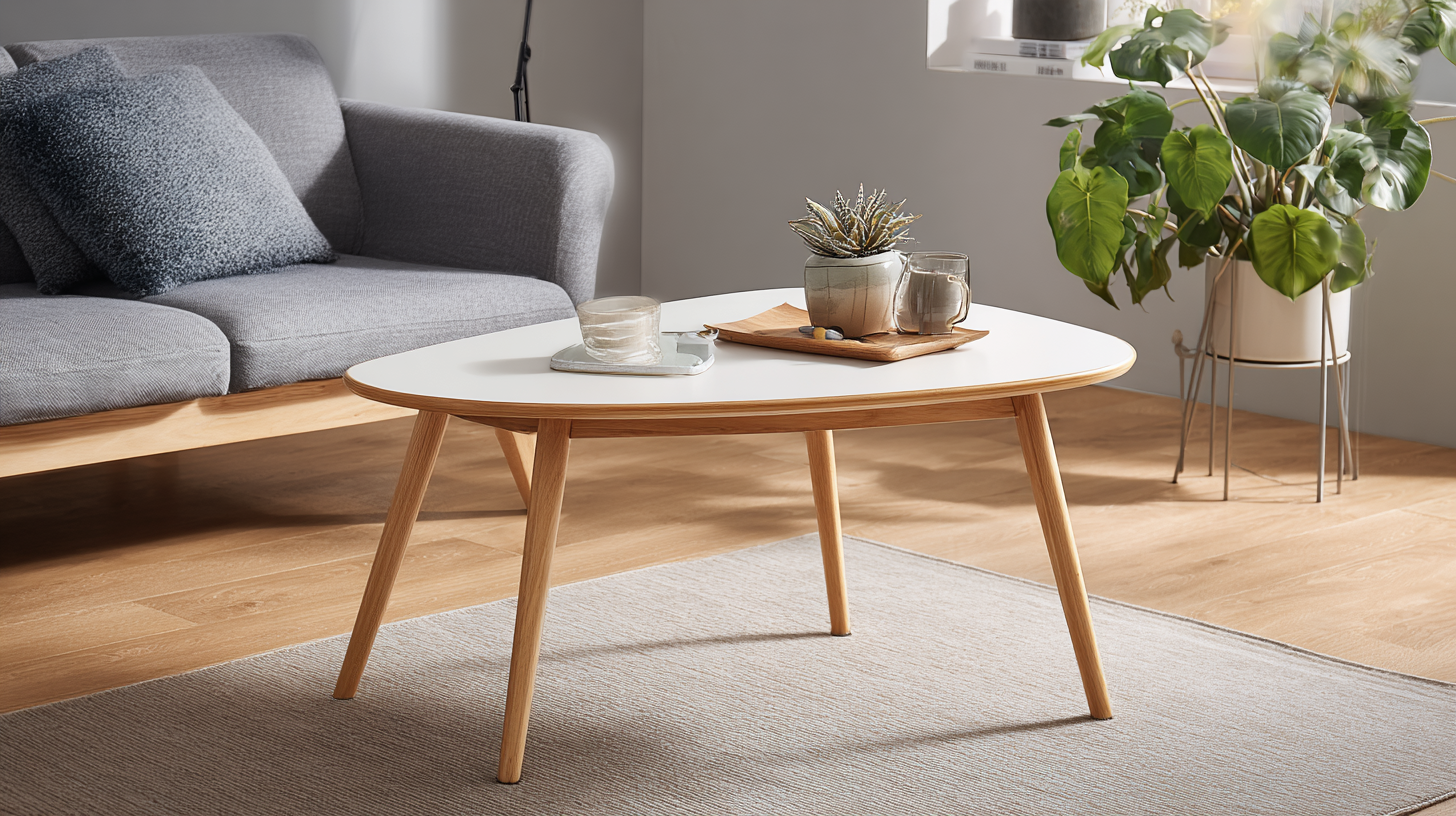
Another tip is to pay attention to the materials used in your current furnishings. If your existing decor includes elements like metal accents or textured fabrics, choose a coffee table that reflects those materials. A sleek, metal-framed table can tie in beautifully with metallic light fixtures, while a rustic wooden table can enhance a cozy, textured vibe.
Lastly, think about the overall style of your room. If your decor leans toward minimalism, a simplistic, streamlined coffee table will seamlessly fit in. Conversely, if your space features eclectic designs, don’t hesitate to choose a Nordic coffee table with unique shapes or playful details that can serve as a conversation starter, ensuring it enhances rather than detracts from your personal style.
